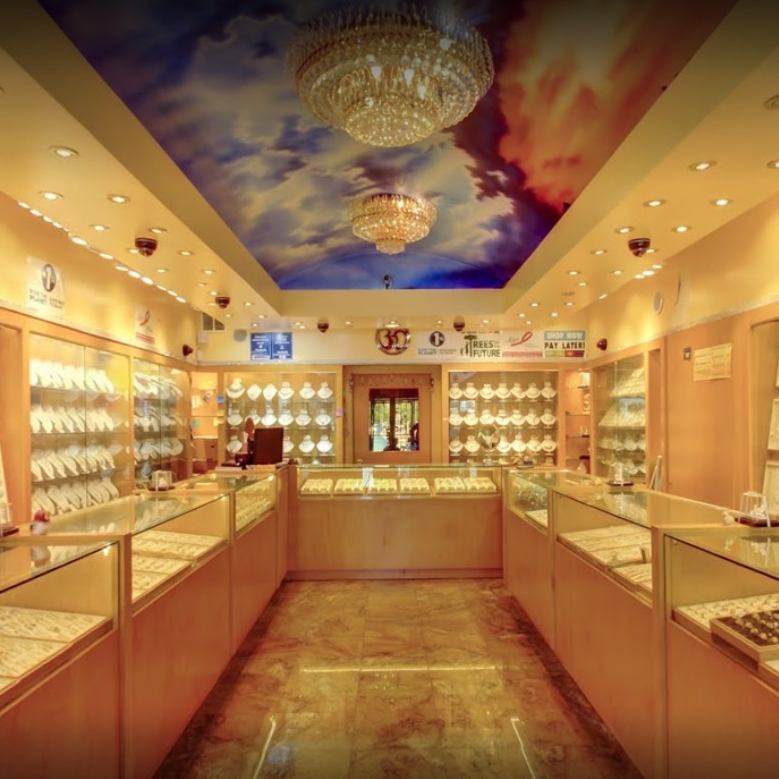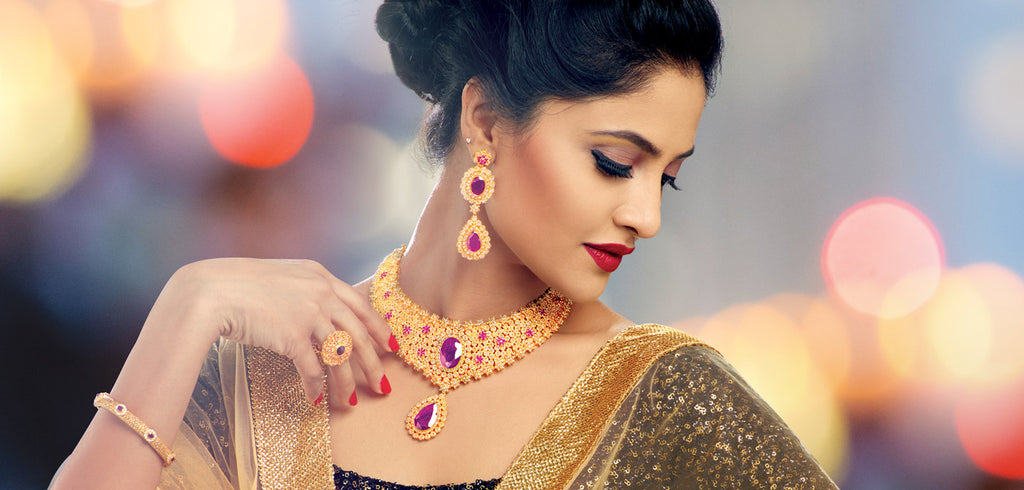Vintage and Antique Jewelry: Exploring Distinctive Characteristics and Design Elements
Vintage and antique jewelry pieces are cherished not only for their beauty but also for the unique characteristics and design elements that distinguish them from contemporary creations. Each piece is a testament to the craftsmanship, artistry, and cultural influences of its era, offering a fascinating glimpse into the history of jewelry making. In this article, we delve into the distinctive characteristics and design elements that define vintage and antique jewelry, celebrating the timeless allure of these treasured pieces.
Intricate Detailing and Artistry
One of the hallmarks of vintage and antique jewelry is the intricate detailing and exquisite artistry that characterizes each piece. From delicate filigree work to elaborate engraving and granulation, artisans of the past employed a wide range of techniques to create pieces of unparalleled beauty and craftsmanship. Each detail is meticulously crafted, reflecting the skill and dedication of the artisans who brought these creations to life.
Rich Symbolism and Meaning
Vintage and antique jewelry pieces are often imbued with rich symbolism and meaning, reflecting the cultural, religious, and personal beliefs of their time. From the romantic symbolism of Victorian-era lockets and sentimental mourning jewelry to the religious iconography of Byzantine crosses and medieval reliquaries, these pieces serve as tangible expressions of love, faith, and identity. The use of symbolic motifs such as hearts, flowers, and animals adds layers of significance and depth to each piece, inviting the wearer to interpret and appreciate its hidden meanings.
Historical Periods and Design Styles
Vintage and antique jewelry spans a diverse range of historical periods and design styles, each with its own distinctive characteristics and aesthetic sensibilities. For example, the Georgian era is known for its elaborate, nature-inspired designs featuring intricate scrollwork, floral motifs, and colorful gemstones. The Victorian era, on the other hand, is characterized by sentimental motifs such as hearts, stars, and snakes, often set with pearls, diamonds, and other precious stones.
The Art Nouveau movement of the late 19th and early 20th centuries introduced flowing, organic designs inspired by nature, with motifs such as dragonflies, butterflies, and lilies dominating the style. In contrast, the Art Deco movement of the 1920s and 1930s embraced geometric shapes, bold colors, and symmetrical patterns, reflecting the modernist ideals of the era.
Quality Materials and Precious Gemstones
Vintage and antique jewelry pieces are crafted from a variety of quality materials, including precious metals such as gold, silver, and platinum, as well as precious and semi-precious gemstones such as diamonds, rubies, sapphires, and emeralds. These materials were carefully chosen for their beauty, durability, and rarity, adding to the allure and value of each piece. Antique jewelry often features Old Mine Cut and Old European Cut diamonds, as well as gemstones such as garnets, amethysts, and citrines, which were popular during their respective periods.
Timeless Elegance and Enduring Appeal
Despite the passage of time, vintage and antique jewelry pieces continue to captivate and inspire us with their timeless elegance and enduring appeal. Each piece is a testament to the creativity, craftsmanship, and ingenuity of the artisans who created them, leaving behind a legacy of beauty and artistry that transcends generations. Whether passed down as family heirlooms or discovered as treasured finds, vintage and antique jewelry pieces hold a special place in the hearts of collectors, enthusiasts, and admirers around the world.

















